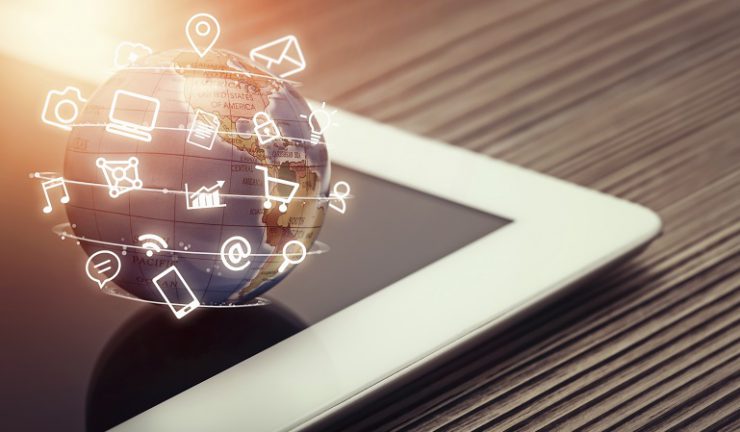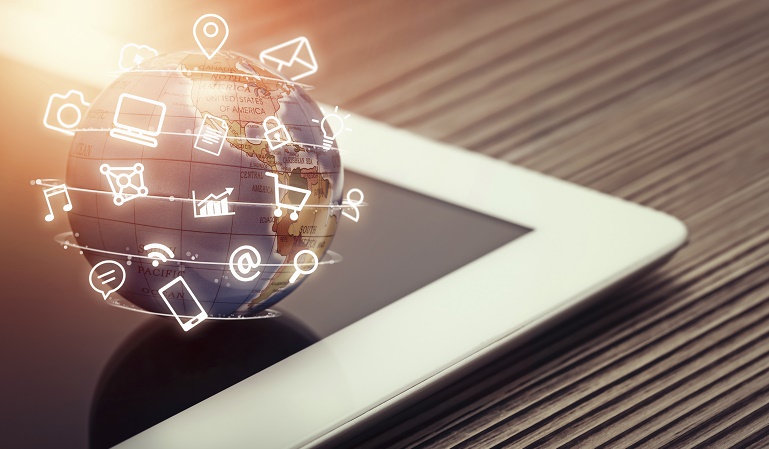By Kymberly Martin
Consumers the biggest users but enterprises spend more.
IT research company Gartner predicts there will be 8.4 billion connected things in use worldwide in 2017, up 31% from the 6.4 billion in 2016. The number of Internet of Things (IoT) devices will reach 20.4 billion by 2020 while total spending on endpoints and services will reach almost US$2 trillion in 2017.
IoT use is being driven by Greater China, North America and Western Europe, and the three regions together will represent 67% of the overall IoT installed base in 2017.
The consumer segment is the largest user of connected things with 5.2 billion units in 2017, which represents 63% of the overall number of applications in use. Businesses are on pace to employ 3.1 billion connected things in 2017.

“Aside from automotive systems, the applications that will be most in use by consumers will be smart TVs and digital set-top boxes, while smart electric meters and commercial security cameras will be most in use by businesses,” Gartner research director, Peter Middleton said.
While consumers purchase more devices, businesses spend more. In 2017, in terms of hardware spending, the use of connected things among businesses will drive US$964 billion. Consumer applications will amount to US$725 billion in 2017. By 2020, hardware spending from both segments will reach almost US$3 trillion.
“IoT services are central to the rise in IoT devices,” research director, Denise Rueb added, with total IoT services spending (professional, consumer and connectivity services) on pace to reach US$273 billion in 2017.
“Services are dominated by the professional IoT-operational technology category in which providers assist businesses in designing, implementing and operating IoT systems,” she said. “However, connectivity services and consumer services will grow at a faster pace. Consumer IoT services are newer and growing off a small base. Similarly, connectivity services are growing robustly as costs drop, and new applications emerge.”

